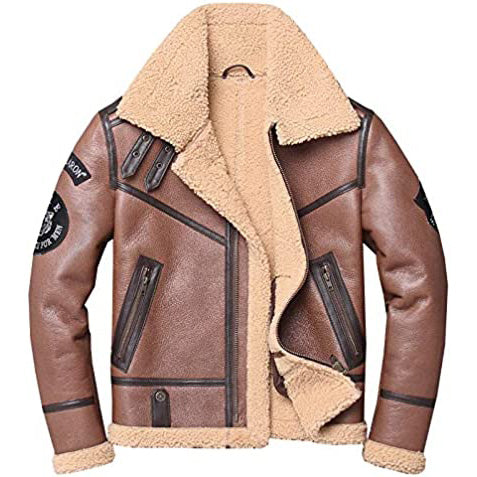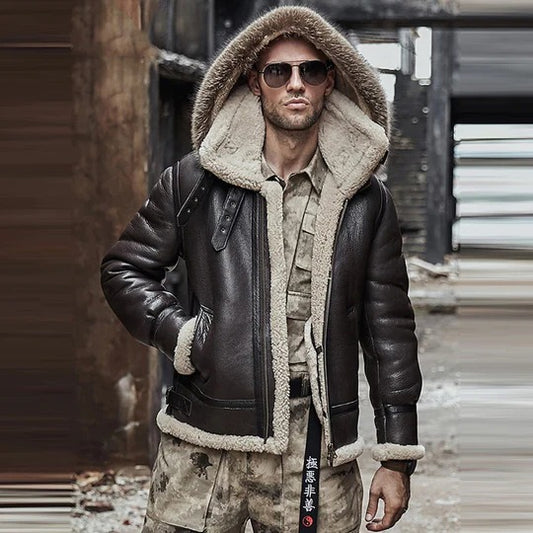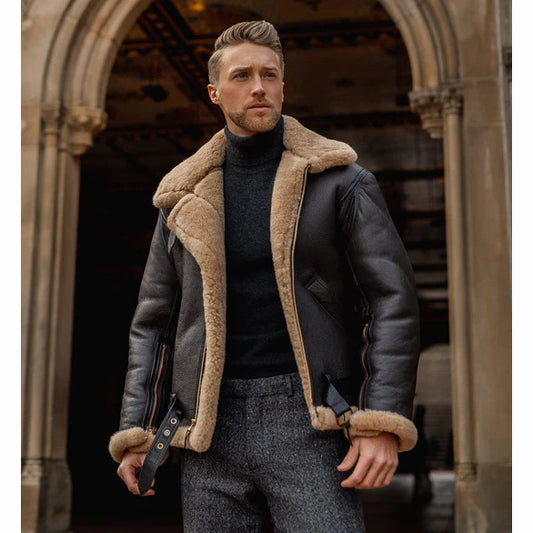Different Types Of Leather Finishing: Purpose, Types, Etc.
Leather is a versatile and enduring material known for its natural beauty and durability. To enhance its appearance, durability, and texture, various finishing techniques are employed in the leather industry. In this article, we will explore the world of leather finishing, including its purpose, different types, and the processes involved.
Understanding Leather Finishing
The Purpose of Leather Finishing
Leather finishing serves several essential purposes:
-
Enhancing Appearance: Leather finishing enhances the visual appeal of leather, adding color, sheen, and texture to the surface.
-
Protection: It provides a protective layer that guards against stains, moisture, and wear and tear.
-
Durability: Finishing processes increase the leather's lifespan by making it more resistant to damage and aging.
-
Customization: Leather finishing allows for customization, enabling artisans to create unique textures and colors.
Types of Leather Finishing
Aniline Finish
- Description: Aniline finishing is minimalistic, preserving the leather's natural texture and color. It offers a transparent layer of protection while allowing the natural grain to shine through.
- Use: Commonly used in high-end leather goods where the natural beauty of the leather is the primary focus, such as luxury bags and premium furniture.
Semi-Aniline Finish
- Description: Semi-aniline finishing strikes a balance between natural appearance and protection. It involves adding a light layer of pigment to the leather's surface, providing some color uniformity and protection.
- Use: Often found in mid to high-end leather products, including quality leather sofas and car interiors.
Pigmented or Top-Grain Finish
- Description: Pigmented leather finishing involves applying a heavily pigmented layer to the surface, concealing imperfections and creating a uniform appearance. It offers excellent protection but may sacrifice some natural characteristics.
- Use: Commonly used in leather products where durability and resistance to wear are paramount, such as automotive upholstery and commercial furniture.
Nubuck Finish
- Description: Nubuck finishing involves buffing the top grain of leather to create a soft, suede-like surface. It retains the leather's natural color but is susceptible to staining.
- Use: Popular in footwear and accessories, nubuck offers a unique texture and appearance.
Embossed Finish
- Description: Embossed leather has a pattern pressed onto its surface, creating a decorative texture. It can mimic the appearance of exotic leathers.
- Use: Embossed leather is commonly used for fashion accessories, wallets, and belts, providing a cost-effective alternative to genuine exotic skins.
Leather Finishing Processes
Tanning
Tanning is the initial step in leather finishing, where raw hides or skins are treated to become leather. Common tanning methods include vegetable tanning, chrome tanning, and synthetic tanning. Each method imparts unique characteristics to the leather.
Dyeing
Dyeing involves adding color to the leather. Aniline dyes are transparent and allow the natural grain to show, while pigmented dyes offer more coverage and color consistency. The choice of dye affects the final appearance of the leather.
Coating
A protective coating is applied to the leather surface, sealing it and enhancing its resistance to moisture and stains. Coating methods include hot wax coating, resin coating, and polyurethane coating.
Buffing and Polishing
To achieve a smooth and polished finish, leather may undergo buffing and polishing processes. This step is crucial for achieving a glossy or suede-like texture.
Conclusion: The Art of Leather Finishing
In conclusion, leather finishing is an essential aspect of the leather industry, influencing the appearance, durability, and functionality of leather products. The choice of finishing type depends on the intended use and desired aesthetic of the leather. Whether you prefer the natural beauty of aniline finish or the durability of pigmented leather, each finishing technique adds its own unique touch to this timeless material. So, the next time you admire a beautifully finished leather item, you'll have a deeper appreciation for the craftsmanship and artistry involved in leather finishing.




